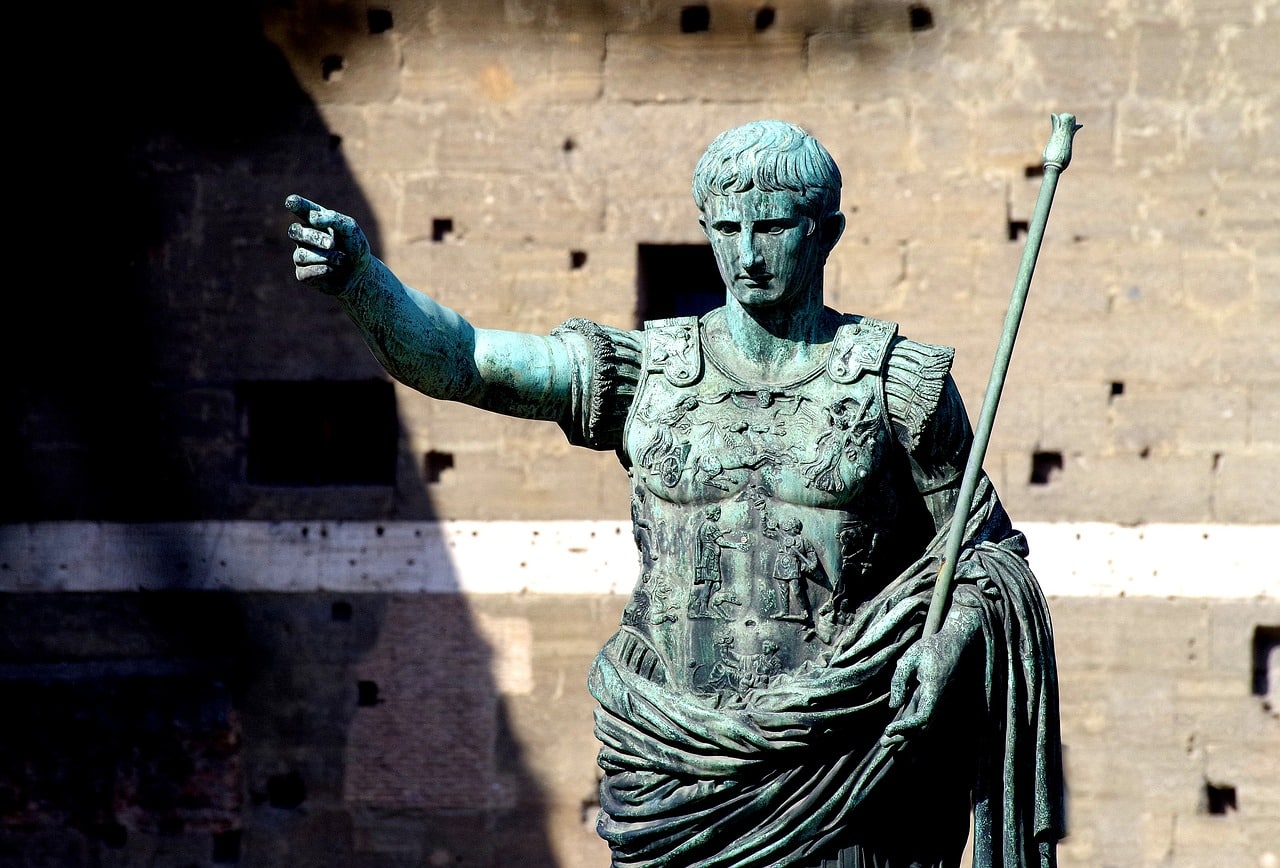
The hostilities of the Punic Wars lasted between 264 BC. C. and 146 BC. C. and led to different peace treaties according to each stage.
The Punic Wars were three wars that featured Carthage and Rome . They developed between 264 BC. C. and 146 BC. C. from the Roman expansion, which threatened the interests of the Carthaginian colonies.
Before moving forward, it is important to mention that, according to the Fundación del Español Urgent ( FundéuRAE ), the two terms of the expression must be written with a lowercase initial letter. This is because the concept is descriptive and is not taken as a proper name.
Historical context of the Punic Wars
The historical context of the Punic Wars is marked by the struggle between Rome and the Republic of Carthage for control of the western Mediterranean . This rivalry was strengthened when, at the beginning of the 3rd century BC. C. , Rome managed to annex the region known as Magna Graecia , formed by the island of Sicily and the southern area of the Italian peninsula that were under the power of the Greeks.
With its foundation by the Phoenicians around 814 BC. C. , Carthage sat on the coastal part of present-day Tunisia . It was an empire with great commercial activity boosted by its colonies. Although its land army was not notable for its power, its navy was the most powerful of its time. When he considered it necessary, he took advantage of his wealth to hire mercenaries.
In the case of Rome , whose origins date back to the 8th century BC. C. , was a republic that, after gaining control of the entire Italian peninsula, aimed to grow towards the south of Sicily and the north of Transalpine Gaul in a bid for imperialism to alleviate internal social conflicts. The land army of the Roman Republic was the most powerful in the world, while the navy was not very numerous.
When Carthage 's interests in the Mediterranean were at risk due to Roman expansion , the framework that led to the outbreak of the first Punic War in 264 BC began to take shape. C.

In the Punic Wars, various military alliances came into play.
A conflict of more than two decades
The First Punic War was a conflict of more than two decades. It began in 264 BC. C. when Rome won the battle of Messina , and it ended in 241 BC. C. , also with Roman victory.
The territory of Sicily was controlled partly by Rome and other parts by Carthage . When Hiero II , tyrant of Syracuse , wanted to take the city of Messina , in northeastern Sicily, the Mamertines who were there first turned to Carthage and then to Rome . This was seen as a betrayal by the Carthaginians, who were willing to get involved in the defense but ended up contributing troops to Hiero II .
The Romans defended the Mamertines and went on to directly confront the Carthaginians in a fight that aspired to absolute control of Sicily .
In this first Punic war , the Romans surrounded the Carthaginian base of Agrigento and defeated the army of Carthage in 262 BC. C. when they tried to lift the siege. Rome strengthened its navy and defeated the Carthaginian fleet in several battles, taking a base in Corsica . However, Carthage later managed to repel an offensive on Sardinia and was able to recover the Corsican base.
In 256 BC C. , the army led by the Roman consuls Lucius Manlius Vulsón Longus and Marcus Atilius Regulus prevailed in the battle of Cape Echnomus over the Carthaginians led by Hamilcar and Hanno or Hanno the Great . This battle , framed in Rome 's intention to advance towards North Africa, is considered one of the largest naval confrontations in history.
The following year, Carthage sued for peace but did not accept the conditions and continued fighting, achieving victory at the Battle of Bagradas . Rome sent a fleet for the evacuation of survivors and won another victory at the Battle of Cape Hermeo . On the return to Italy , however, a major storm wreaked havoc on his ships.
A recovery of Agrigento by Carthage with the subsequent abandonment leaving scorched earth; the Roman conquest of Panormus or Panormo with its defense in 251 BC. C. (thanks to the so-called battle of Panormus ); the Carthaginian victory at the Battle of Drépanum and the Battle of Phintias ; and the definitive Roman triumph in 241 BC in the battle of the Aegadian Islands were other milestones in the development of this war, whose peace treaty led to the annexation of Sicily as a new Roman province and the obligation to the Carthaginians to pay large indemnities. .

The Punic Wars involved a large deployment of military logistics in the fight for control of the Mediterranean Sea.
The second stage of the Punic Wars
The second stage of the Punic Wars was launched in 218 BC. C. , when Carthage took Saguntum - an allied city of Rome - and caused the declaration of war by the Romans in the midst of the disputes over the conquest of Hispania .
The Carthaginian Hannibal Barca led his troops into northern Hispania and then crossed the Alps . Hannibal 's expedition to Italy included military achievements at the Battle of Cannae , the Battle of Trasimeno , the Battle of Trebia , the Battle of Ticino and in other engagements of this Second Punic War .
Although it was not powerful enough to siege Rome , the deployment of Carthage troops in Italy lasted 16 years. The Romans, in this context, also fought against Philip V of Macedonia - who had an alliance with Hannibal -, which caused the First Macedonian War .
Rome finally prevailed in Hispania and the legions returned to Sicily led by Publius Cornelius Scipio Africanus ( Scipio Africanus ). This Roman commander headed to Africa with the aim of assaulting Carthage , which also led Hannibal to return, although he was defeated in 202 BC. C. in the battle of Zama . This sealed Rome 's victory: with the peace treaty, Carthage lost its colonies.
The last confrontation
The last confrontation of the Punic Wars took place between 149 BC. C. and 146 BC. C. The Third Punic War was the shortest and involved above all the siege of Carthage by Rome .
After the Second Punic War, the Romans raided different Iberian towns and conquered Syria , Illyria and Macedonia , while Carthage lost its dominions outside Africa and was obliged to pay a large annual indemnity.
The commercial competition posed by the Carthaginians and the Roman population growth led Rome to decide to assault Carthage . The objective was completed with the so-called Battle of Carthage and the absolute destruction of the city at the close of the history of the Punic Wars. All the inhabitants of Carthage were enslaved or died in the fighting.
